The meeting point of deserts and oceans is one of nature’s most dramatic battlegrounds. These two vast and seemingly opposite landscapes engage in a constant struggle, shaping each other in ways that are both beautiful and brutal. The tension between them is not just a matter of geography but a dynamic interplay of climate, wind, water, and time.
Deserts, with their arid expanses and relentless heat, seem like the antithesis of oceans, which are vast reservoirs of water and life. Yet, where they meet, a fascinating conflict unfolds. The desert, driven by wind and sun, seeks to expand its dominion, swallowing coastlines with dunes that creep toward the sea. Meanwhile, the ocean fights back with waves, tides, and occasional storms, eroding the desert’s edges and reclaiming land. This eternal push-and-pull creates some of the planet’s most striking landscapes, from Namibia’s Skeleton Coast to the coastal deserts of Peru.
The wind is the desert’s primary weapon. It carries fine grains of sand from the heart of the desert and deposits them along the coast, building towering dunes that loom over the shoreline. In places like the Namib Desert, winds blow with such consistency that dunes march steadily toward the ocean, only to be halted by the water’s edge. But the ocean doesn’t surrender easily. Waves crash against these sandy barriers, dissolving them grain by grain and pulling the sand back into the depths. The battle is endless, with neither side gaining permanent ground.
Water, or the lack thereof, is another key player in this conflict. Deserts are defined by their scarcity of water, while oceans are its greatest source. Yet, even in the driest places, the ocean’s influence is felt. Coastal deserts often experience fog, a ghostly remnant of the ocean’s moisture that creeps inland, providing just enough water for specialized plants and animals to survive. This fog is the ocean’s subtle way of penetrating the desert’s defenses, a reminder that even in the harshest environments, life finds a way.
The clash between desert and ocean is also a story of temperature extremes. During the day, the desert’s scorching heat creates rising air currents, while the cooler ocean air rushes in to fill the void. This daily dance generates coastal winds that can either reinforce the desert’s advance or aid the ocean’s retreat. At night, the process reverses, with the desert cooling rapidly and the ocean retaining its warmth. These temperature swings contribute to the relentless exchange between the two realms.
Human activity has added another layer to this struggle. In some regions, overuse of water resources has allowed deserts to expand, a process known as desertification. Coastal development, on the other hand, can disrupt natural erosion patterns, giving the ocean an upper hand in certain areas. The balance between desert and ocean is delicate, and human interference often tips the scales in unpredictable ways.
Despite their rivalry, deserts and oceans are also collaborators in shaping the planet. The sand that deserts send into the ocean becomes part of underwater ecosystems, while ocean currents carry nutrients that occasionally bless the desert’s edges with unexpected bursts of life. Their relationship is not purely adversarial; it’s a complex dance of destruction and creation.
In the end, the battle between desert and ocean is a testament to the Earth’s dynamism. These two giants will continue their struggle for millennia, each leaving its mark on the other. And as long as wind blows and waves crash, their conflict will remain one of nature’s most captivating spectacles.

By /Jun 7, 2025

By /Jun 7, 2025

By /Jun 7, 2025

By /Jun 7, 2025

By /Jun 7, 2025

By /Jun 7, 2025

By /Jun 7, 2025

By /Jun 7, 2025

By /Jun 7, 2025

By /Jun 7, 2025
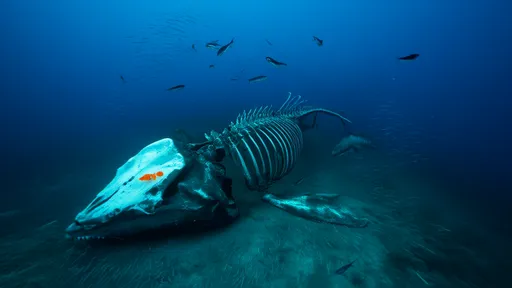
By /Jun 7, 2025
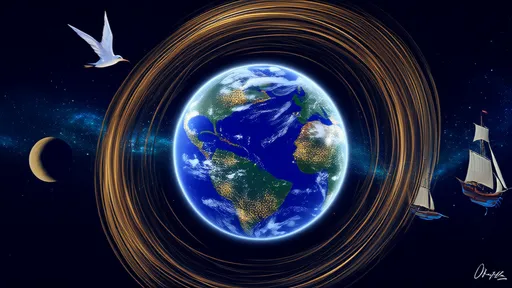
By /Jun 7, 2025
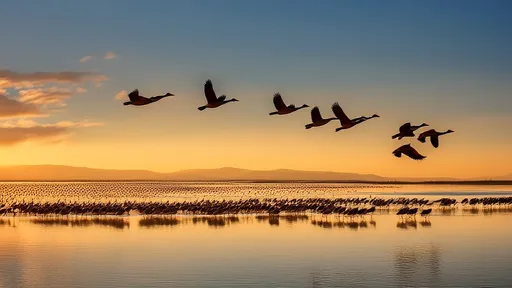
By /Jun 7, 2025
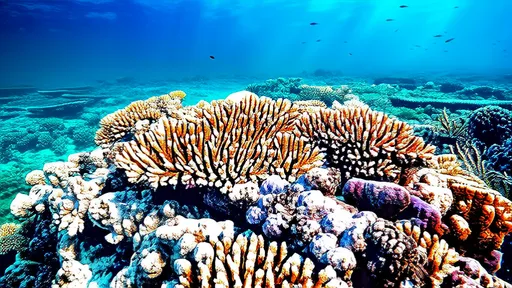
By /Jun 7, 2025
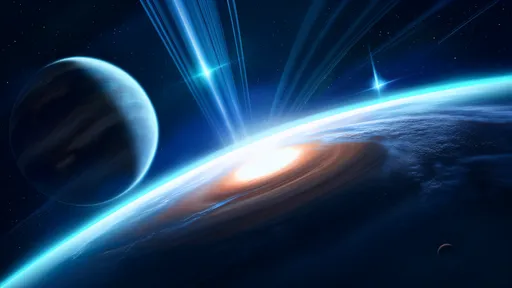
By /Jun 7, 2025
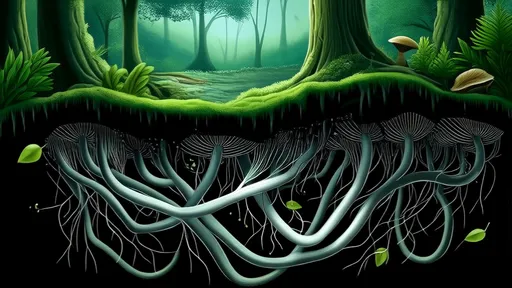
By /Jun 7, 2025
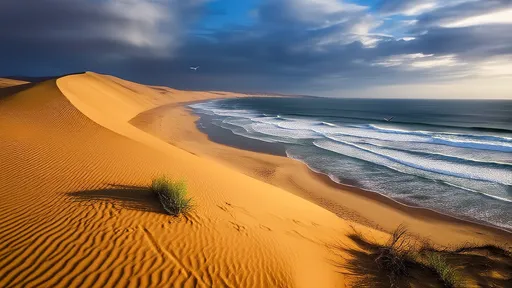
By /Jun 7, 2025

By /Jun 7, 2025
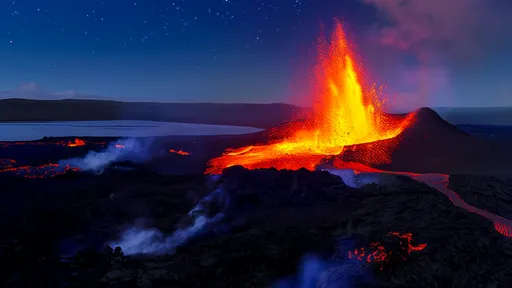
By /Jun 7, 2025

By /Jun 7, 2025